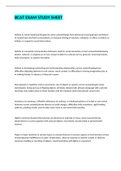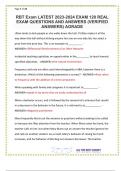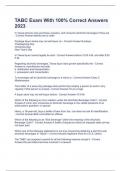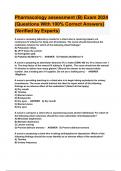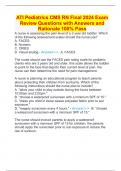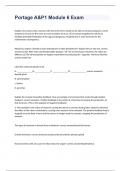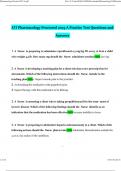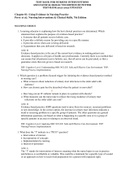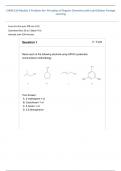Exam (elaborations)
BCAT EXAM STUDY SHEET QUESTIONS AND ANSWERS LATEST UPDATE 2022 WITH COMPLETE TOP SOLUTION.
- Course
- Institution
Deficits in Social Emotional Reciprocity Range from abnormal social approach and failure of normal back and forth conversations; to reduced sharing of interests, emotions, or affect: to failure to initiate or respond to social interactions. Deficits in nonverbal communicative behaviors used f...
[Show more]
